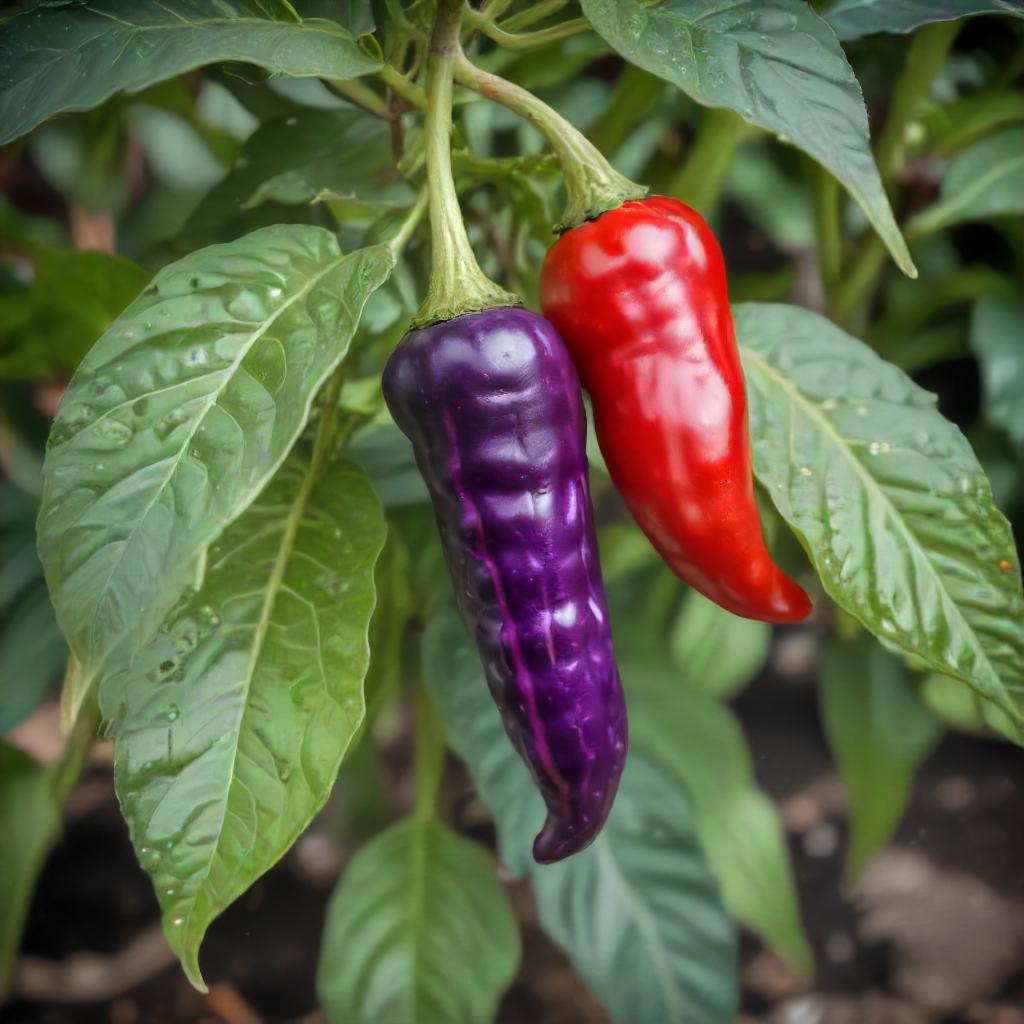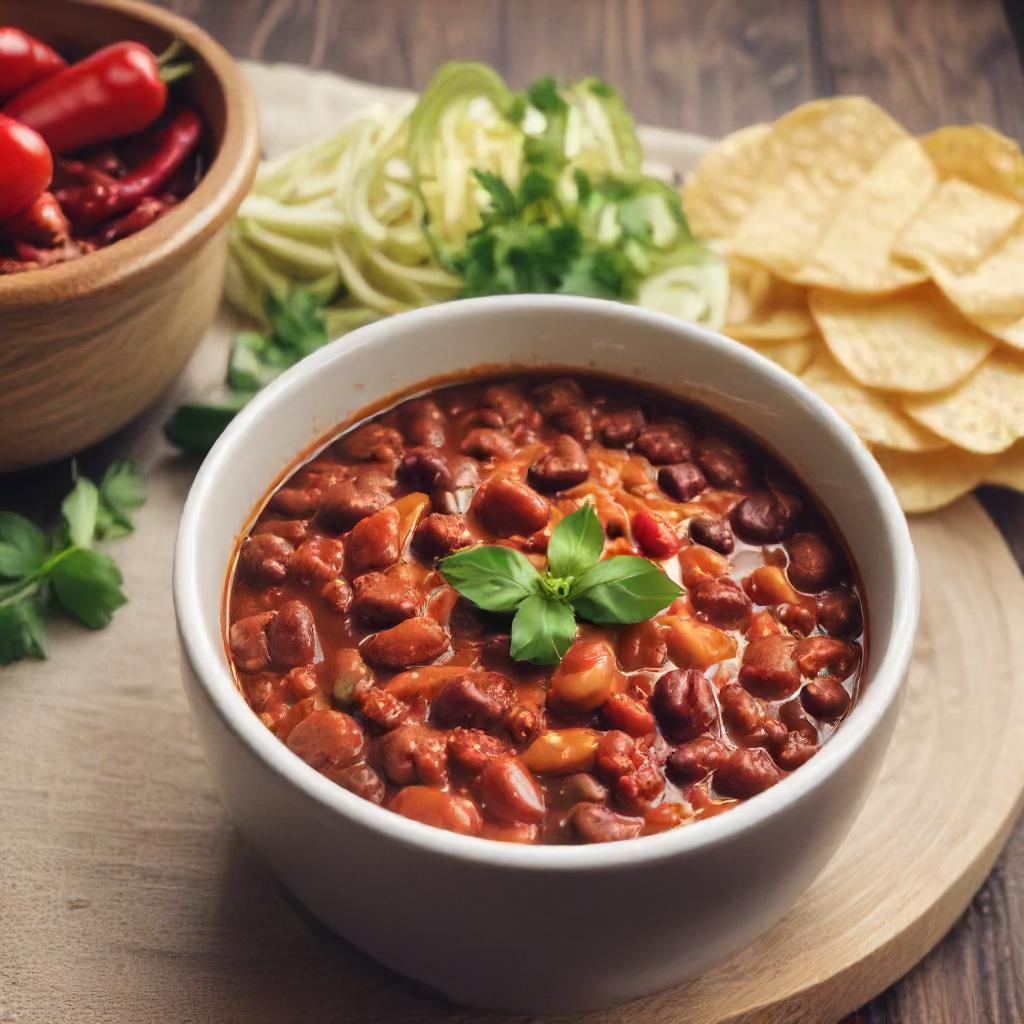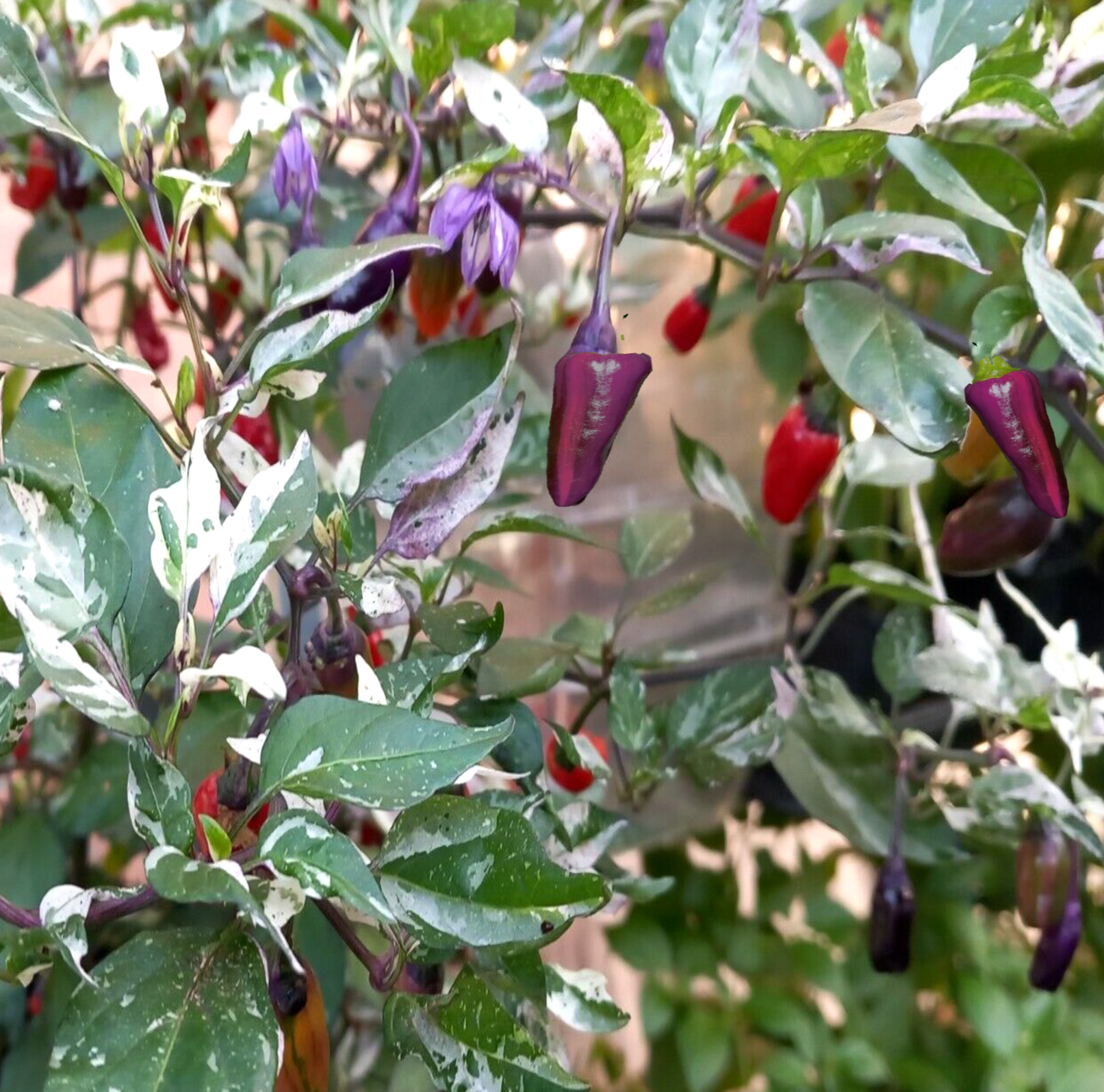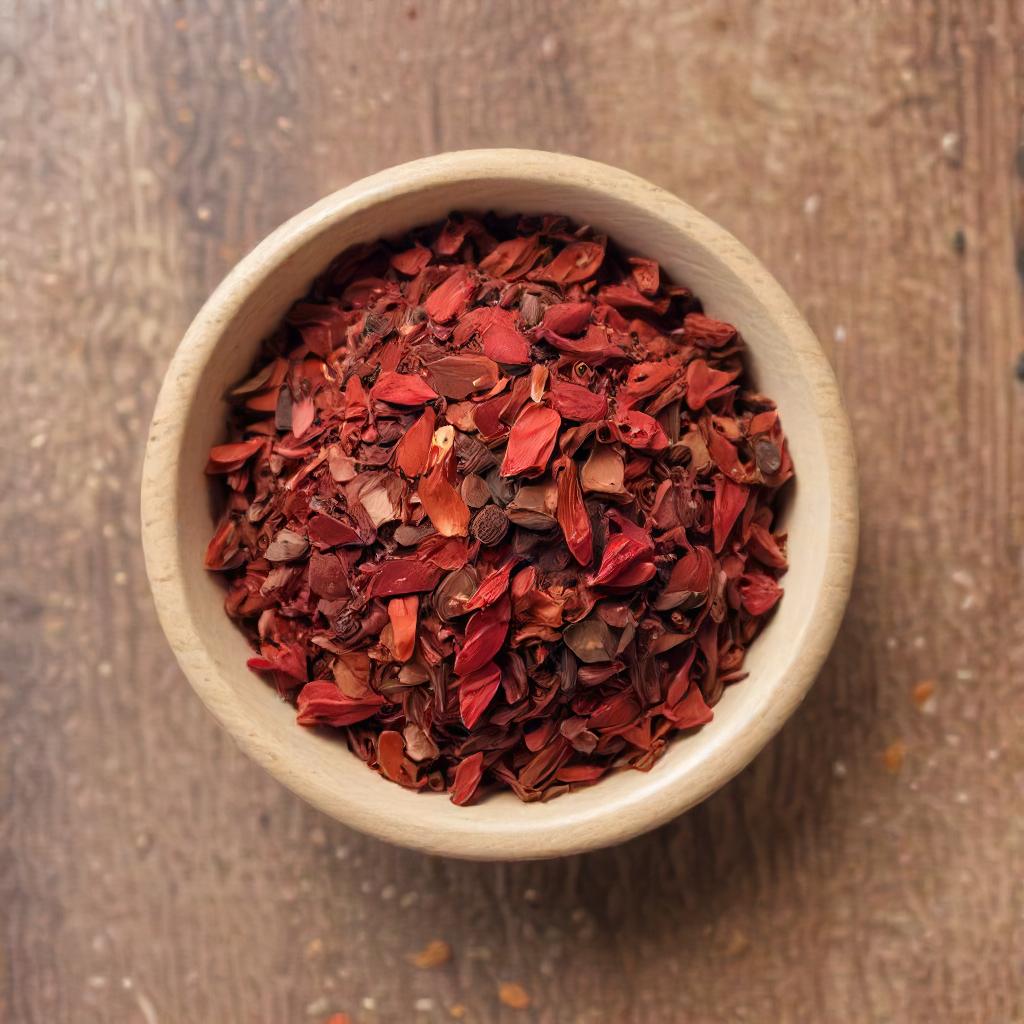- Hardiness Zone: 4-12 Annual
- Hardiness Zone: 9-11 Tender Perennial
- Scoville Heat Units: 5,000 - 10,000 SHU
Seed Depth: 1/4 inch
Seed Spacing: 18–24 inches
Row Spacing: 24–36 inches
Sunlight: Full sun
Days to Sprout: 14–28 days
Days to Maturity: 90–100 days
Growth Habit: Upright, bushy annual
Sunlight: Thrives in full sun, requiring at least 6–8 hours of direct sunlight daily.
Soil Type: Prefers well-drained, nutrient-rich soil with a pH of 6.0–6.8.
When to Plant: Start seeds indoors 8–10 weeks before the last frost and transplant outdoors once nighttime temperatures stay above 60°F.
Direct Sowing: Not recommended; start indoors for optimal germination and seedling growth.
Indoor Sowing: Sow seeds 1/4 inch deep in seed-starting trays and keep soil consistently warm (80–85°F) for germination.
Succession Planting: Not needed; plants produce over an extended season.
Watering: Water deeply but allow soil to dry slightly between waterings. Avoid overwatering to prevent root rot.
Fertilizing: Apply a balanced fertilizer at planting and a potassium-rich fertilizer during fruiting.
Pruning: Remove yellowing leaves and any damaged branches to maintain airflow and plant health.
Pest and Disease Control: Watch for aphids, spider mites, and whiteflies; use neem oil or insecticidal soap as needed.
When to Harvest: Pick peppers when they turn from green to purple with red streaks, typically 90–100 days after planting.
How to Harvest: Use scissors or pruners to cut peppers from the plant to avoid stem damage.
Seed Collection: Allow peppers to fully ripen on the plant before collecting seeds.
Storing Seeds: Dry seeds completely and store in an airtight container in a cool, dry place.
Why You’ll Love It
Purple Tiger Hot Peppers are a dazzling blend of ornamental charm and culinary heat. The compact plants display showy green, white, and purple leaves, while the small, pointed peppers ripen from purple to red with a strong, spicy bite. Ideal for containers, borders, or garden beds, these peppers add a splash of color and plenty of heat to your growing space — and your kitchen.
Plant Characteristics
Height: 12–18 inches
Growth Habit: Compact and bushy
Fruit Type: Small, tapered peppers, ¾ to 1 inch long
Days to Maturity: 75–85 days
Hardiness: Warm-season annual
Flavor and Culinary Uses
Flavor: Hot with a sharp, immediate heat and slightly fruity undertones
Culinary Uses: Great for salsas, hot sauces, chili oils, and pickling. Also used decoratively in edible arrangements or dried as spicy ornamental peppers.
Companion Planting Tips
Good Companions: Basil, carrots, onions, and marigolds
Avoid Planting Near: Fennel or corn, which may reduce pepper growth
Bonus Benefit: Bright variegated foliage and flowers attract pollinators, and the plants help deter pests in mixed beds
Common Issues and Solutions
Color Fading: For best color, grow in full sun and avoid excessive nitrogen
Slow Start: Start indoors and transplant after danger of frost — peppers need warm soil to thrive
Aphids or Spider Mites: Check the undersides of leaves regularly and use neem oil or insecticidal soap if needed
Seeds Per Packet
| 250mg | Approximately 45 |
| 500mg | Approximately 90 |
| 1g | Approximately 180 |
| 2g | Approximately 360 |
Why You’ll Love It
Purple Tiger Hot Peppers are a dazzling blend of ornamental charm and culinary heat. The compact plants display showy green, white, and purple leaves, while the small, pointed peppers ripen from purple to red with a strong, spicy bite. Ideal for containers, borders, or garden beds, these peppers add a splash of color and plenty of heat to your growing space — and your kitchen.
Plant Characteristics
Height: 12–18 inches
Growth Habit: Compact and bushy
Fruit Type: Small, tapered peppers, ¾ to 1 inch long
Days to Maturity: 75–85 days
Hardiness: Warm-season annual
Flavor and Culinary Uses
Flavor: Hot with a sharp, immediate heat and slightly fruity undertones
Culinary Uses: Great for salsas, hot sauces, chili oils, and pickling. Also used decoratively in edible arrangements or dried as spicy ornamental peppers.
Companion Planting Tips
Good Companions: Basil, carrots, onions, and marigolds
Avoid Planting Near: Fennel or corn, which may reduce pepper growth
Bonus Benefit: Bright variegated foliage and flowers attract pollinators, and the plants help deter pests in mixed beds
Common Issues and Solutions
Color Fading: For best color, grow in full sun and avoid excessive nitrogen
Slow Start: Start indoors and transplant after danger of frost — peppers need warm soil to thrive
Aphids or Spider Mites: Check the undersides of leaves regularly and use neem oil or insecticidal soap if needed
Seeds Per Packet
| 250mg | Approximately 45 |
| 500mg | Approximately 90 |
| 1g | Approximately 180 |
| 2g | Approximately 360 |






Share and get 15% off!
Simply share this product on one of the following social networks and you will unlock 15% off!